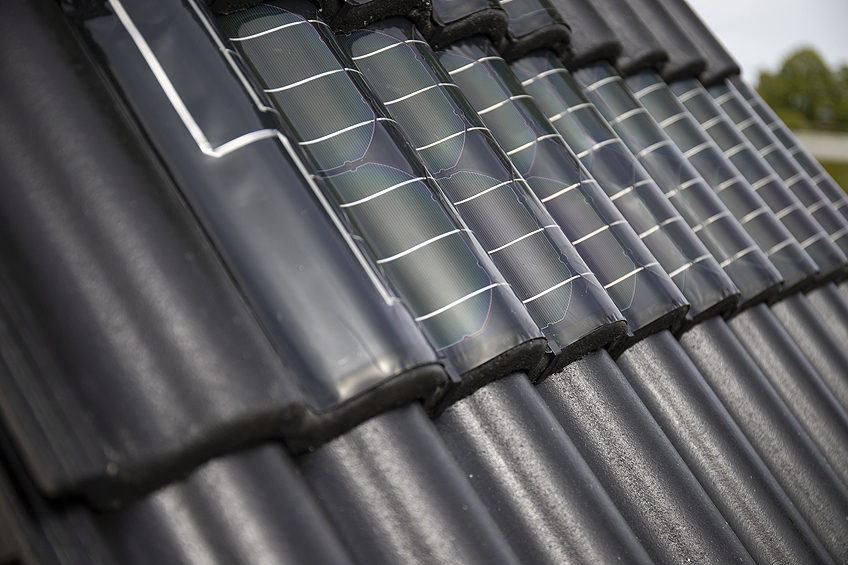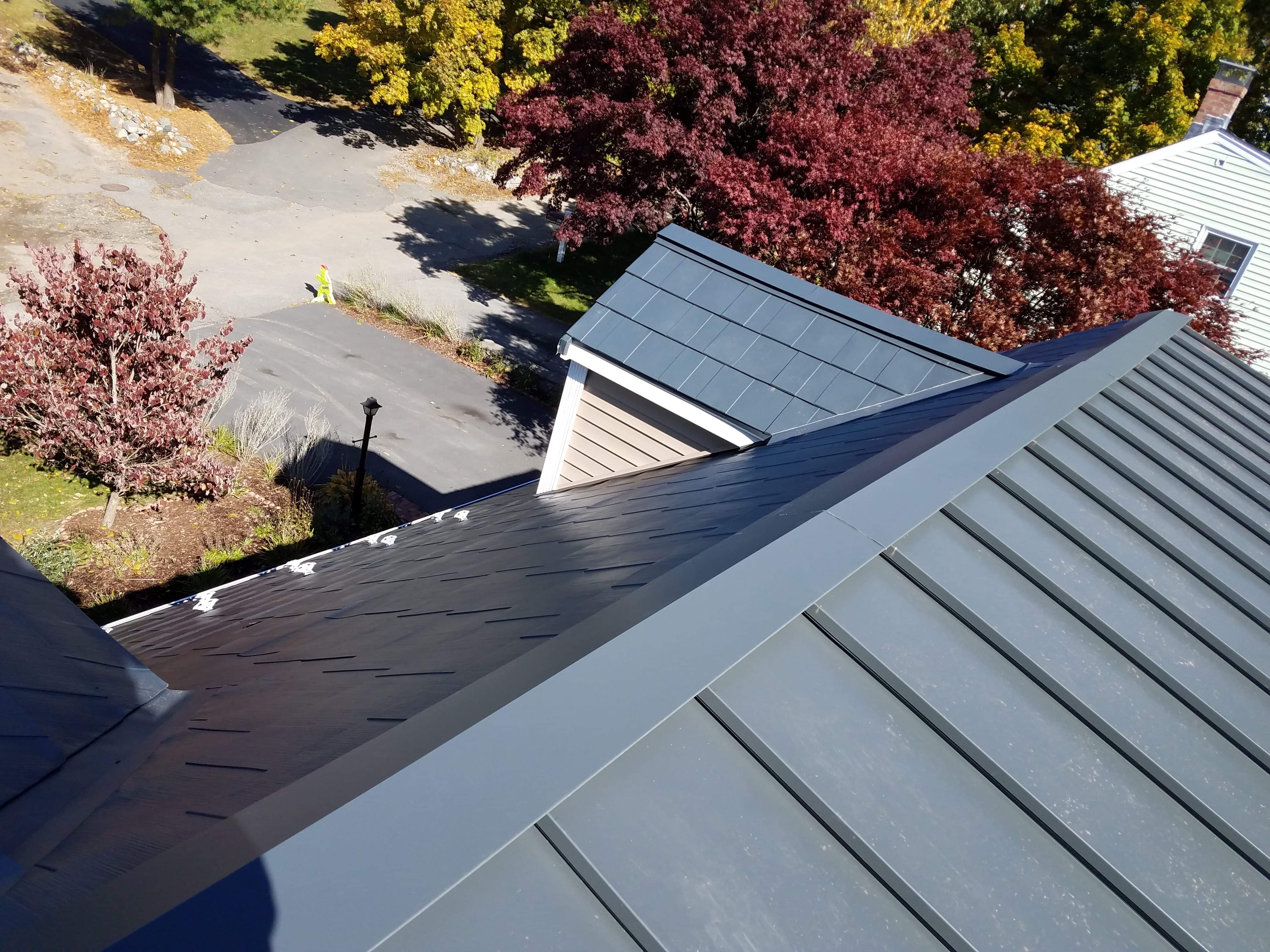


Where are the best solar panels manufactured?.Use the EnergySage Marketplace to receive free, custom quotes from solar installers near you.While the location of manufacture may be important to you, it’s also important to consider factors such as efficiency, price, warranty, and more when choosing a solar panel brand.solar manufacturers are First Solar, Q CELLS, and Solar4America. Most solar panels are manufactured in China, but some companies in Canada and the U.S.The top three global manufacturers by solar panel shipment capacity in gigawatts (GW) in 2022 are LONGi, Trina Solar, and Jinko Solar.Learn more about our mission and how we make money as a company.

The content of this blog is based on research and information available at the time of writing. This is an unbiased review: EnergySage is not paid to review brands or products, nor do we earn money from affiliate advertising in this article. Based on our Marketplace data, we evaluated these companies in terms of panel efficiency and price to help you decide if it’s worth it to choose solar panels from the top panel manufacturers globally, and here in the States.

Who are the biggest solar companies in the world and the U.S.? We reviewed global shipping data from TrendForce to determine which manufacturers shipped the largest capacity of shipments in 2022 and manufacturing data from the Department of Energy to see which companies manufacture panels in the U.S. Looking at how much solar capacity manufacturers produce and sell can also give you a sense of their credibility in many cases, they wouldn’t be able to produce at such a mass scale if their products weren’t in high demand. While most solar shoppers care about metrics like efficiency, power output, and warranty, which directly influence the value of your solar investment, we also hear from many homeowners who care about where their panels are manufactured. It does not store any personal data.When you’re choosing a solar panel brand, there are several important factors to consider. The cookie is set by the GDPR Cookie Consent plugin and is used to store whether or not user has consented to the use of cookies. The cookie is used to store the user consent for the cookies in the category "Performance". This cookie is set by GDPR Cookie Consent plugin. The cookie is used to store the user consent for the cookies in the category "Other. The cookies is used to store the user consent for the cookies in the category "Necessary". The cookie is set by GDPR cookie consent to record the user consent for the cookies in the category "Functional". The cookie is used to store the user consent for the cookies in the category "Analytics". These cookies ensure basic functionalities and security features of the website, anonymously. Necessary cookies are absolutely essential for the website to function properly. You can read more about the history of Solar on the SMithsonian website here: A Brief History of Solar Panels | Sponsored | Smithsonian Magazine Here is his installation on a NYC rooftop in 1884. Most modern solar cells offer about 15 to 20 percent. According to Fritts, this early module produced a current “that is continuous, constant, and of considerable force.” This cell created energy conversion at a rate of 1 to 2 percent. In the U.S., inventors filed for their own patents on solar-powered devices as early as 1888.īut way back in 1883, New York inventor Charles Fritts created the first solar cell by coating selenium with a thin layer of gold. Following in his footsteps, French mathematician Augustin Mouchot continued his work and started registering patents for solar-powered devices as early as the 1860s. In 1839, a young physicist in France, Edmond Becquerel, discovered the photovoltaic effect- the process that produces voltage (essentially an electric current) when exposed to light or radiant energy. But surprisingly, that’s not as new an idea as one might think. We haven’t done a #ThrowbackThursday post in quite a while, but lately, Solar One and our partners have been making significant progress in bringing solar power to underserved communities in New York City. Published: 11/18/21 Tags: New York City Photovoltaics Solar Power


 0 kommentar(er)
0 kommentar(er)
